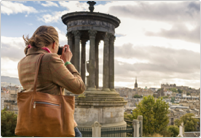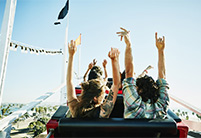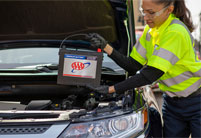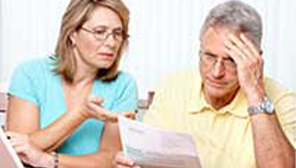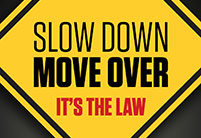Halloween a high-risk day for pedestrian injuries, fatalities
Halloween a high-risk day for pedestrian injuries, fatalities
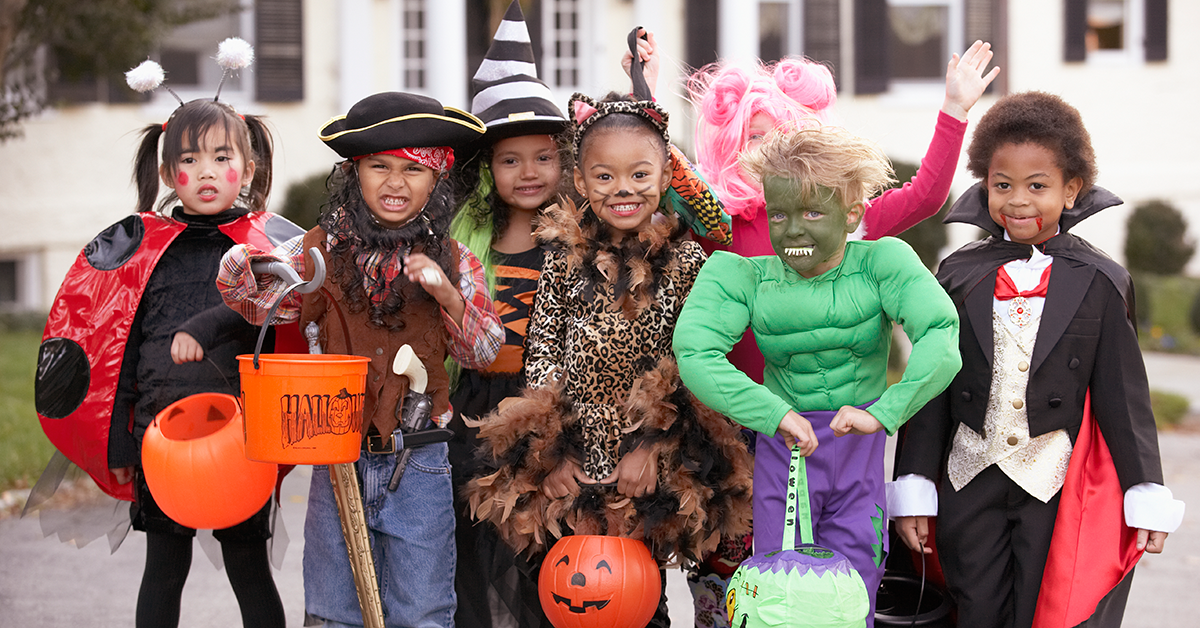
As children take to the streets on Halloween to trick-or-treat, their risk of being injured by motorists increases greatly. In fact, the National Highway Traffic Safety Administration reports that Halloween is consistently one of the top three days for pedestrian injuries and fatalities, and the Centers for Disease Control and Prevention estimates that children are four times more likely to be struck by a motor vehicle on Halloween than any other day of the year. Because excited trick-or-treaters often forget about safety, motorists and parents must be even more alert.
Here are AAA’s top tips for a safe Halloween:
Motorists
- Slow down in residential neighborhoods and obey all traffic signs and signals. Drive at least 5 mph below the posted speed limit to give yourself extra time to react to children who may dart into the street.
- Watch for children walking on roadways, medians and curbs. In dark costumes, they’ll be harder to see at night.
- Look for children crossing the street. They may not be paying attention to traffic and cross the street mid-block or between parked cars.
- Carefully enter and exit driveways and alleys.
- Turn on your headlights to make yourself more visible – even in the daylight.
- Broaden your scanning by looking for children left and right into yards and front porches.
- Never drink and drive – plan ahead with a designated driver or ride sharing.
- To avoid having your car egged or even stolen, park it in a secure garage or a safe, well-lit area.
- Double check that car doors are locked and windows are up.
Parents
- Ensure an adult or older, responsible youth is available to supervise children under age 12.
- Plan and discuss the route your trick-or-treaters will follow.
- Instruct children to travel only in familiar areas and along established routes.
- Teach children to stop only at well-lit houses and to never to enter a stranger’s home or garage.
- Establish a time for children to return home.
- Tell children not to eat any treats until they get home.
- Review trick-or-treating safety precautions, including pedestrian and traffic safety rules.
- Make sure Halloween costumes are flame-retardant and visible with reflective material.
Trick-or-Treaters
- Be bright at night – wear reflective tape on costumes and treat buckets to improve visibility to motorists and others.
- Wear disguises that don’t obstruct vision and avoid facemasks. Instead, use nontoxic face paint. Also, watch the length of billowy costumes to help avoid tripping.
- Ensure any props are flexible and blunt-tipped to avoid injury from tripping or horseplay.
- Carry a flashlight containing fresh batteries, and place it face down in the treat bucket to free up one hand. Never shine it into the eyes of oncoming drivers.
- Stay on sidewalks and avoid walking in streets if possible.
- If there are no sidewalks, walk on the left side of the road, facing traffic.
- Look both ways and listen for traffic before crossing the street.
- Cross streets only at the corner, and never cross between parked vehicles or mid-block.
- Trick-or-treat in a group if someone older cannot go with you.
- Tell your parents where you are going.
Party hosts/homeowners
- Generous lighting outside of your home keeps vandals away while providing safe passage to party guests and trick-or-treaters.
- Keep walkways and stairs clear of debris and make sure they’re well-lit.
- Serve non-alcoholic beverages and food along with your preferred potion.
- Stop serving alcohol at least one hour before the party ends.
Insurance tips
- Vandalism. Standard homeowners and renters insurance policies could provide coverage for vandalism. In the event that your car is vandalized, the optional comprehensive portion of your auto insurance policy covers damages.
- Fire. If a Halloween decoration causes a fire and damages your property, your homeowners or renters policy could cover fire-related losses, up to policy limits.
- Injury. You may be covered under the liability portion of your homeowners or renters insurance policy – up to specified limits – in the event that someone is injured on your property. A standard policy also includes no-fault medical coverage – up to specified limits – that allows the injured person to file their claim directly with your insurance company.
Learn how you can protect your home from weather-related risks and liabilities with homeowners insurance from AAA.


